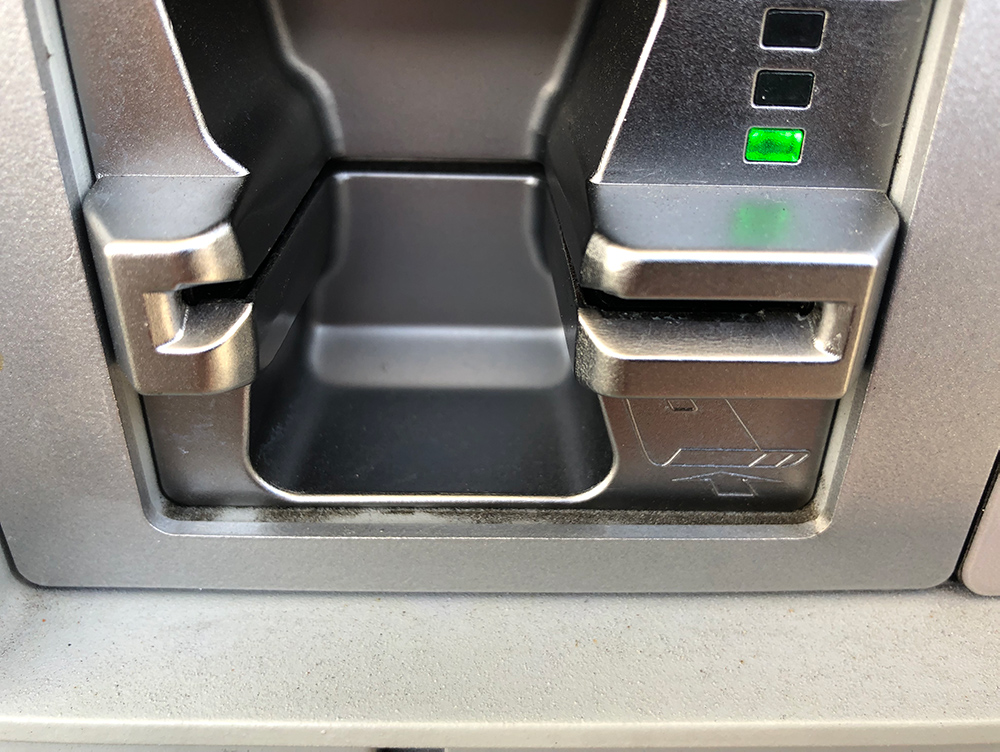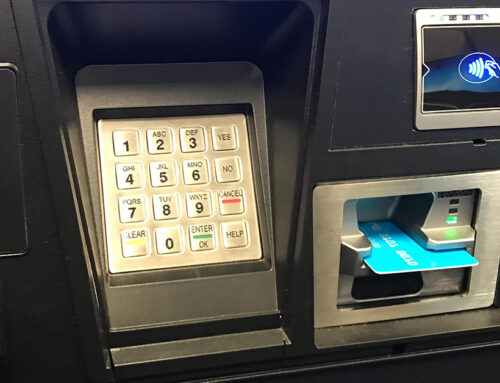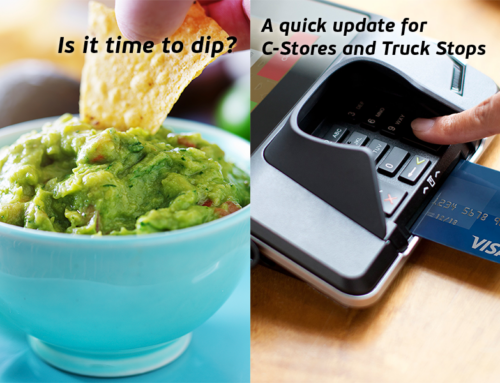Updated 9/11/20!
The EMV compliance deadline at the pump is April 2021. Fuel station operators have till then to comply with the EMV standard for paying at the pump or assume the liability for payment card fraud that happens at their facility.
Late EMV Compliance Deadline for Fuel Stations Leaves Consumers Vulnerable
Before big travel holidays like the Fourth of July, law enforcement officials issue warnings to consumers to watch for credit card skimmers at fuel pumps. Those warnings are necessary because fuel stations are among the last payment segments to adopt the EMV chip protocol, leaving consumers vulnerable to card fraud.
The EMV standard is designed to thwart criminal attacks that use skimmers, or fake card readers, to steal information from the magnetic stripe on the back of payment cards. The fraudsters then use the credit card information themselves or broker the data to other criminals.
EMV Fights Fraud
The EMV system – named for the Europay, MasterCard and Visa card associations – started in Europe to stop widespread magnetic stripe card fraud. Later, Discover, JCB, UnionPay and American Express joined the payments industry organization. Building on the success of preventing fraud in Europe, the U.S. payment industry adopted EMV cards in October 2015. The card associations incentivized merchants with a liability shift – if a merchant were compliant with the EMV standard, they wouldn’t be responsible for credit card fraud.
The EMV card is a smart card, with an embedded microchip that contains the card user’s information. The chip creates a unique transaction code that can’t be duplicated, ensuring each transaction is legitimate. The card data can’t be swiped from the chip like the magnetic stripe.
Why EMV Deadline at the Pump Has Been Delayed
The deadline for fuel stations to convert automated fuel dispensers/pumps (AFDs) to EMV compliant payment systems was delayed until April of 2021, three years later than other merchants. The delay was due in part to the fact that fraud at fuel pumps accounts for only 1.3% of total U.S. payment fraud.
The delay also recognized that the investment would be substantial because of the networking infrastructure and specialized technology required to convert to EMV. Estimates range from $6,000 to $10,000 per pump. To support the high-speed data interchange for EMV transactions, fuel pumps will have to be connected with wired or wireless networking connections that meet PCI standards for security. Each payment terminal in the pump must be upgraded with the software and hardware to support the dip slot for the EMV chip cards. Older pumps may need to be replaced entirely. Station owners could also take the opportunity to upgrade pumps to receive payments via mobile phones using NFC, QR codes and Bluetooth, although the pumps will still need to be EMV compliant.
There are alternatives to converting every pump to EMV standards. Truck stop owners could offer a central outdoor payment terminal for an island of pumps. (Comdata offers a Smartsite GX solutions that would accomplish this). Or, they could ask customers to make payments inside the store that already has compliant terminals.
A final option is not to convert at all, or least wait until some point after the deadline. Station owners will assume liability for fraud, but depending on where your stations are located, the risk may be low. If you’d like to prepare to accept EMV chip cards at your truck stop, we have a team of experts ready to assist you. Contact FFS today find out more.
Related Article: Trendar Upgrade






